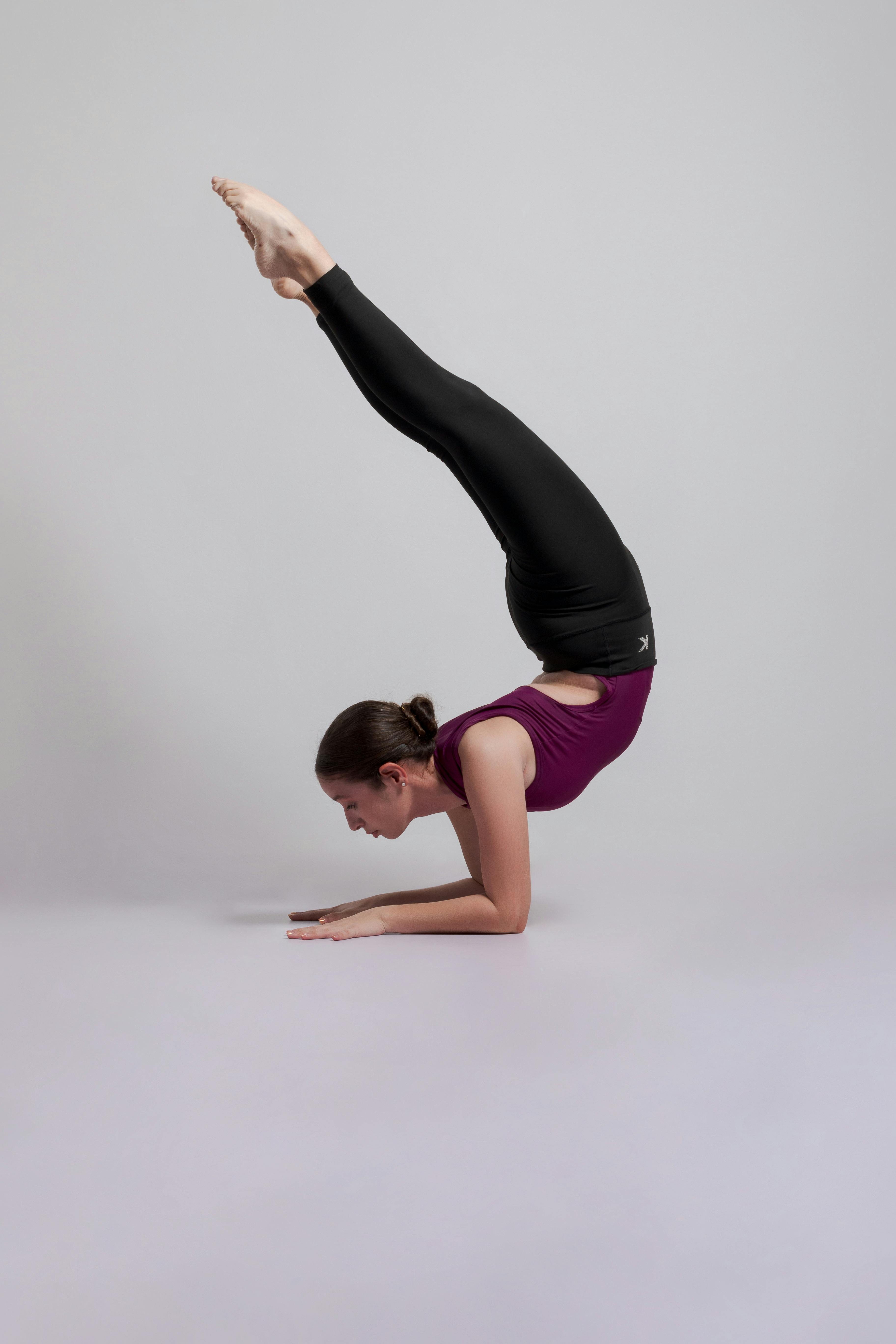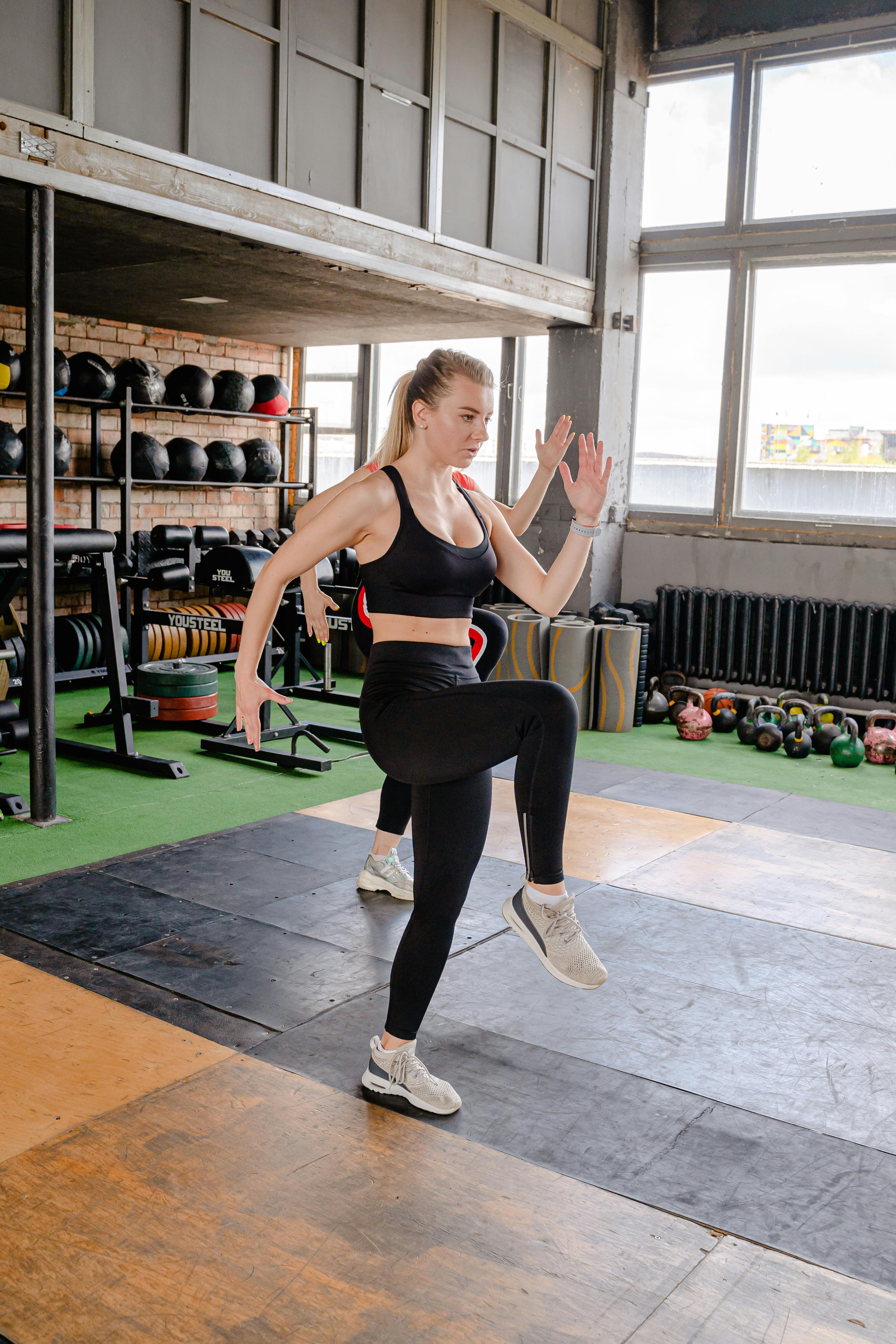Essential Guide to Creating a Custom Fitness Studio Trainingsplan for 2025
As fitness enthusiasts gear up for 2025, the importance of crafting a tailored fitness studio training plan cannot be overstated. A well-structured trainingsplan fitnessstudio empowers individuals to achieve their fitness zielformulierung, enhances motivation, and optimizes workout effectiveness. Understanding the intricacies of fitness training schedules and gym workouts is essential to maximize results while promoting health and well-being.
This article delves into the critical components involved in designing an effective fitnessstudio plan, exploring regions such as strength-building through krafttraining and cardiovascular improvements. Moreover, we’ll provide insights on setting realistic goals and utilizing technology like fitness tracking apps to monitor progress. Our goal is to offer guidance that caters to diverse needs, whether for fitness für anfänger or seasoned athletes.
Key takeaways from this guide include understanding different workout routines suited to personal goals, utilizing fitness coaching for sustained motivation, and incorporating essential nutrition basics for optimal performance. Together, we’ll explore top tips for creating an engaging training experience at your fitness studio.
Creating a Comprehensive Fitness Training Schedule
Building on the introduction, an effective fitness training schedule is the backbone of any gym-goer’s journey. A well-arranged plan not only fosters a routine but also enhances enthusiasm towards fitness lifestyle. Start by analyzing your current fitness level and determining your goals, which could vary from muskelaufbau to enhancing kraftausdauer.
Identifying Your Fitness Objectives
Before diving into a routine, identifying clear and achievable trainingsziele is crucial. This could include strength improvement, weight loss, or preparing for a specific event. Work on your fitness goals by setting SMART (Specific, Measurable, Achievable, Relevant, Time-bound) objectives. For instance, rather than stating “I want to get fit,” specify “I aim to lose 5 kg in three months through a balanced regimen of cardio and resistance training.”
Weekly Workout Structure
A balanced weekly schedule should incorporate all essential components, including strength training, cardiovascular workouts, and rest days. For instance, a typical week might include three days of krafttraining, two days of cardio, and two rest days, allowing the body to recover and adapt. Each session should focus on varying workout variants to prevent monotony and enhance engagement. For example, employing supersets and circuit training on strength days can increase the overall intensity.
Integrating Rest and Recovery
Never underestimate the power of rest in your fitness training schedule. Proper recovery helps prevent injuries and ensures sustained performance. Incorporate different types of recovery days, such as active recovery sessions involving low-intensity activities like walking or yoga, to maintain flexibility and movement quality.
Using Fitness Tracking Tools
Implementing fitness tracker technology can streamline your training process. Tools such as fitness apps offer valuable features like logging workouts, tracking nutrition, and monitoring progress towards goals. By analyzing collected data, adjustments can be made to enhance performance or tweak schedules based on progress.
Monitoring Progress and Adjustments
Regular assessments are vital for understanding your fitness journey. Schedule monthly check-ins to analyze your progress and make necessary adjustments. This could involve switching workout routines, increasing intensity, or modifying weekly structures. Effective adjustments ensure continued advancements in fitness without hitting a plateau.
Choosing the Right Gym Equipment
With fitness-centric objectives established, equipping your workout environment is next in line. The right gym equipment can significantly impact the effectiveness of your training plan. Whether you’re setting up a home gym or working out in a studio, understanding equipment options can enhance your fitness coaching experience.
Essential Gym Gear
From free weights to resistance bands, the variety of equipment available caters to different training aspects. For hypertrophy training, investing in a selection of weights and machines can prove beneficial. Conversely, functional training requires versatility; hence incorporating bands, kettlebells, and bodyweight movements can promote dynamic workouts.
Considerations for Equipment Setup
Layout plays a pivotal role in optimizing your gym experience. Ensure the setup allows for smooth flows between workout stations and encourages a safe environment for movement. Proper positioning of equipment can foster an effective workout routine, minimizing wait times and enhancing session quality.

Incorporating Technology
Modern fitness studios are integrating technology into their spaces to enhance user experiences. Consider implementing digital displays showing workout instructions or integrating virtual classes that allow for participation from remote locations. This addition not only keeps members engaged but invites flexibility in training.
Nutrition Basics for Optimal Performance
Shifting from workouts to nutrition, understanding the nutrition basics is vital for supporting overall health and performance levels. Pairing a well-structured fitness training schedule with the right diet fosters effective results, including improved energy levels and faster recovery times.
Building a Balanced Meal Plan
Developing a nutritious meal plan that complements your gym workouts can be transformative. Focus on including macronutrients like proteins, fats, and carbohydrates in adequate proportions. For instance, a meal post-workout should contain protein to aid muscle recovery plus carbohydrates for energy replenishment, such as grilled chicken with quinoa and a side salad.
The Role of Hydration
Equally important is hydration. Maintaining proper fluid levels significantly impacts performance in dynamic workouts. Aim for a daily water intake that meets individual needs, incorporating electrolytes adequately on intense workout days. Remember, every workout should ideally be preceded and followed by hydration for maximum efficacy.
Understanding Supplementation
While whole foods should be the mainstay of your diet, supplementation can correct nutritional gaps. However, a well-balanced diet typically covers most needs. Before incorporating supplements, consider consulting a nutrition coach or registered dietitian to assess personal requirements, ensuring a safe addition to your routine.
Tips for Staying Motivated Throughout Your Fitness Journey
With the groundwork laid, maintaining motivation throughout your fitness journey is crucial. Adapting strategies for persistence can significantly contribute to long-term success in achieving your fitness erfolg.
Setting Up a Support System
Integrating a fitness community or finding a workout buddy enhances accountability and provides vital support during challenging times. Engage with others, participate in online fitness events, or join local groups that share similar goals; this communal atmosphere can significantly uplift motivation levels.
Implementing Fitness Challenges
Introducing fitness challenges and competitions can also incite excitement within your routine. Whether personal challenges or community-wide competitions, these initiatives instill camaraderie and foster a drive for improvement. Set realistic yet rewarding challenges to experience a renewed passion for fitness.
Documenting Your Progress
Making use of a fitness journal or an app to document your achievements fosters a positive outlook. Tracking progress toward trainingsziele acts as motivation, providing clear indicators of advancement and also serving as a way to celebrate milestones along the journey.

Common Mistakes to Avoid When Tailoring Your Plan
Even with a solid understanding of training principles, it is crucial to recognize and avoid common mistakes that might hinder progress. Awareness of these pitfalls allows for a smoother journey towards fitness success.
Neglecting Recovery Needs
Many tend to overlook rest days, prioritizing intense training over recovery. Avoiding adequate recovery can lead to burnout or injuries, drastically affecting progress. Schedule specific recovery days as part of your plan to facilitate healing and growth.
Focusing Solely on Cardio or Weights
While cardiovascular fitness and strength training are both essential, neglecting one can detriment overall balance. To achieve comprehensive fitness, your fitnessstudio plan should integrate both components to enhance overall capabilities, from weight management to muscular endurance.
Inconsistent Effort
Success in fitness is rooted in consistency. Struggling with a schedule or failing to adhere to the plan can lead to missed opportunities for development. Implement honest self-assessment intervals to reflect on efforts and ensure you stay on track to meet your goals.
Q&A Section: Frequently Asked Questions
What is the best way to set fitness goals?
Begin by identifying what you wish to achieve—whether losing weight, building muscle, or increasing endurance. Make sure to set SMART goals to enhance clarity and increase the chance of success.
How often should I change my workout routine?
To prevent plateaus, it’s advisable to reassess and potentially change your routine every 4-6 weeks. This keeps your muscles challenged and encourages ongoing progress.
What role does nutrition play in fitness?
Nutrition is instrumental in improving performance, recovery, and overall well-being. Establishing a diet rich in macronutrients and hydration contributes significantly to achieving fitness goals.
How can I stay motivated in my fitness journey?
Engaging with a community, setting new challenges, and regularly documenting progress can enhance motivation levels. Surrounding yourself with like-minded individuals creates a supportive environment.
Is personal training worth it?
Yes, personal training provides tailored guidance and accountability. A certified personal trainer can help navigate the complexities of fitness programs and ensure effective, safe practices.
